
Lot 434

IMPORTANT GEORGIAN DOLL'S HOUSE, 'THE EVANS BABY HOUSE' Y
18TH CENTURY, WITH LATER ADAPTATIONS AND CONTENTS




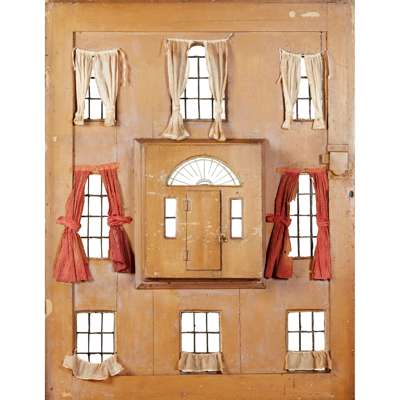
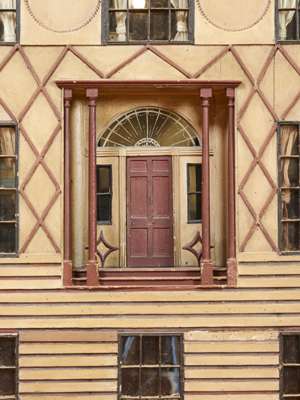
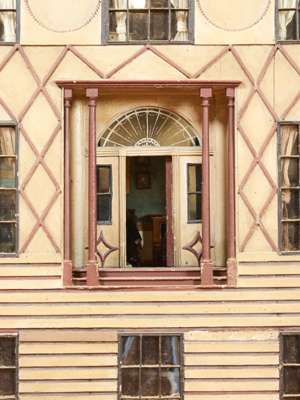
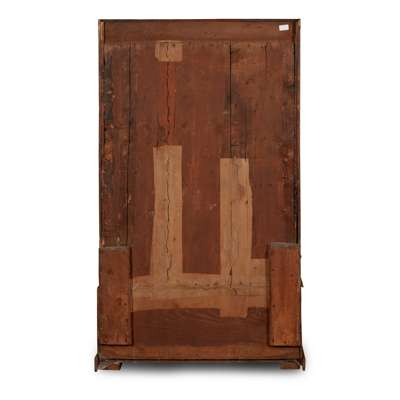
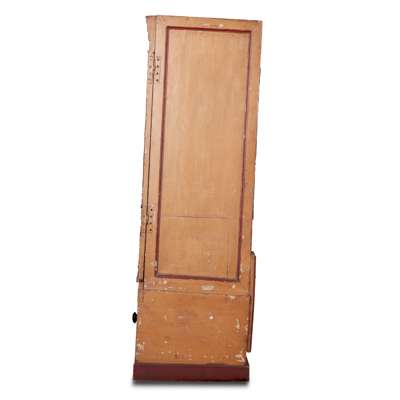

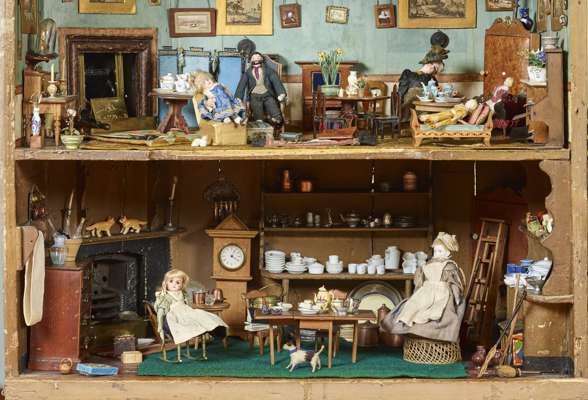
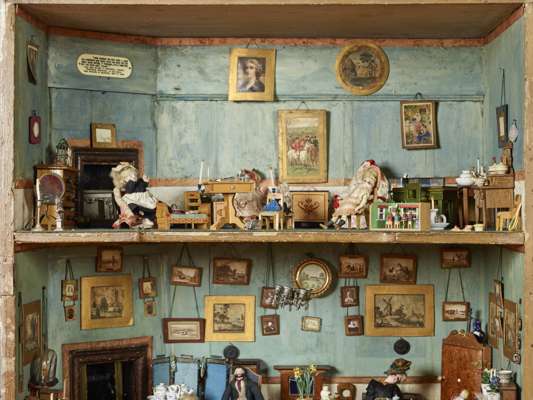

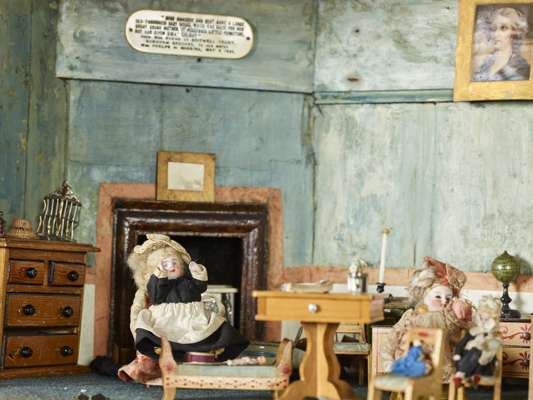

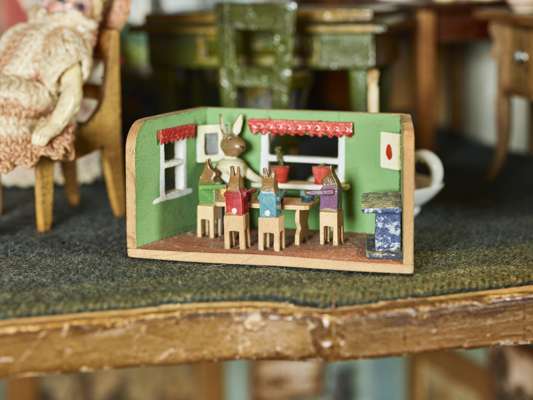
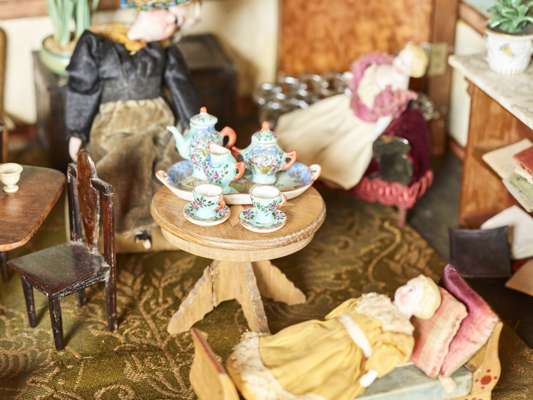
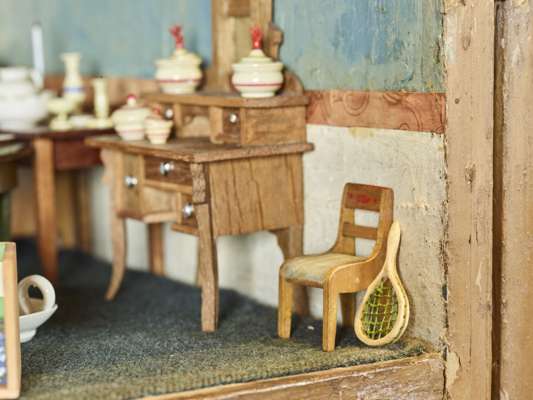
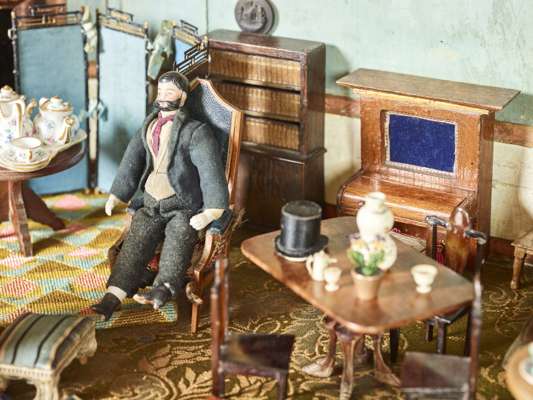


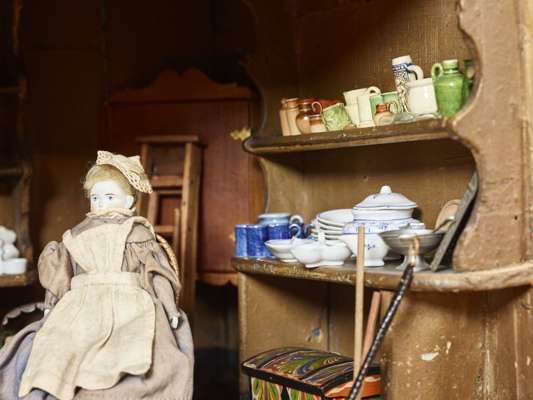

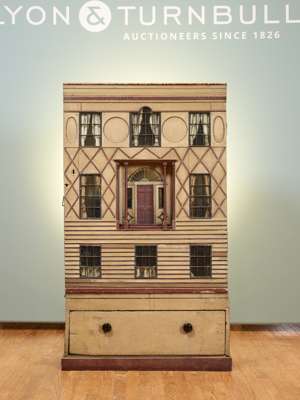
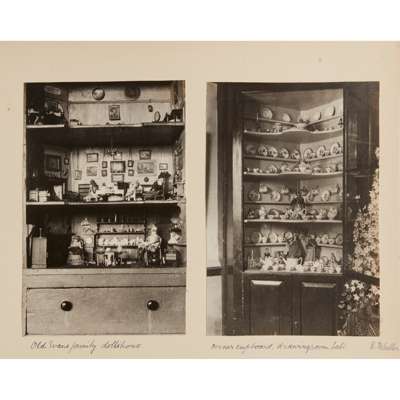
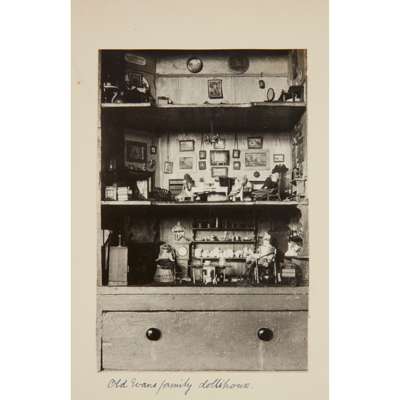
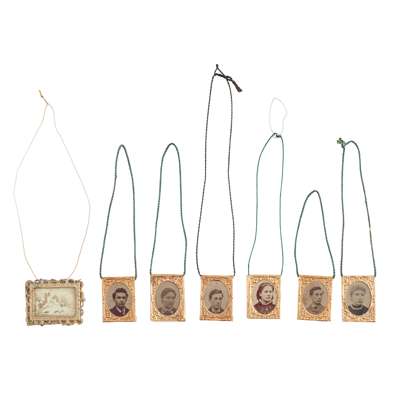
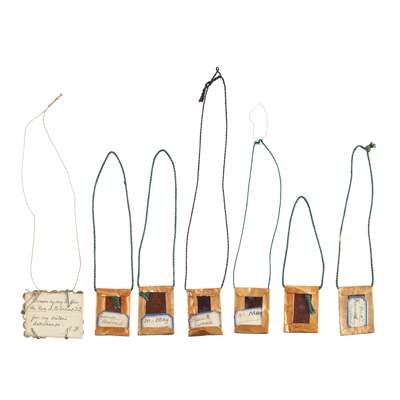
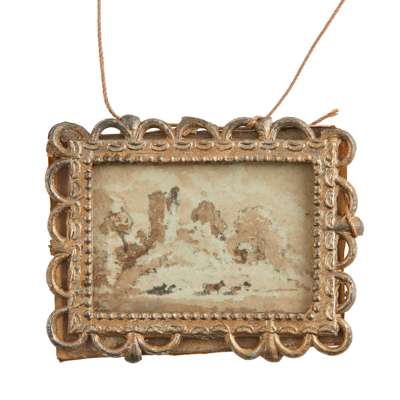


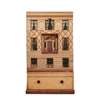

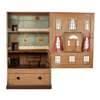
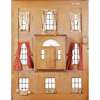


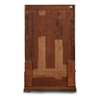
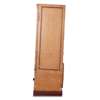
















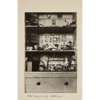

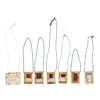
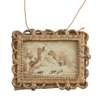
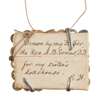
Auction: Day Two: 24 February 2022 | From 10:00
Description
modelled as a three-storeyed Georgian town house, of ochre and red painted pine and other timber, the hinged façade with a three window frontage and cornice embellished by composition mouldings; the basement floor with three nine-pane windows and lathe coursing, the principle floor with treillage moulding and a central recessed portico with fan light and columns flanked by twelve-pane windows; the top floor with three nine-pane windows, the centre window with an arch, flanked and divided by bead moulded roundels; opening to three single-room floors with painted walls and corner fireplaces with faux marble surrounds, with hand-tinted prints to the walls, one to the top floor and six to the main floor; the top floor with an ivory plaque inscribed “Miss Hancock has sent Anne a large old-fashioned baby house which was made for her great grand mother. It possesses little furniture but has given great delight.” From Mrs Evans at Britwell Court, Burnham Beeches, to her sister Mrs Phelps in Madeira, May 6 1825.; the basement floor fitted with original Georgian dressers; with 19th century and later contents including furniture, pictures, photographs, ceramics, copper and brass wares, and various dolls; all raised on a plinth base fitted with a single drawer; with various letters, papers, and other correspondence detailing the house and history
Dimensions
86cm wide, 145.5cm high, 48cm deep overall
Provenance
Provenance: The Estate of the Late Mary Elizabeth Stuart Harley (1925-2019), ex. Ulladale, Strathpeffer, Ross-shire. Owned by Anne Evans (1820-1870) and her sister Emma Hubbard (née Evans) (1828-1905), Britwell Court, Buckinghamshire, during the 19th century and then by descent.
Footnote
Literature: Vivien Greene, 'The Evans Baby House', in English Dolls' Houses of the Eighteenth and Nineteenth Centuries (London & Wisbech, 1979), pp. 157-160.
Note: Mary Harley was brought up in rural Suffolk. She was the only child of her generation on her mother's side and took a great interest in researching her family history and preserving her inherited treasures. The doll's house was always treated with great care and anyone wishing to play with it had to be granted permission first. Mary's children fondly remember her as a 'very loving person and a good family custodian', and it is with thanks to her, and her ancestors, that the 'The Evans Baby House' has survived to this day.
‘The Evans Baby House’ is a fascinating object of layered history, physically in terms of its construction and contents, and symbolically as an item much-loved by generations of owners. Having been rescued and renovated over the years, it is a rare survivor of the mid-18th century. Where so many other dolls’ houses have come and gone, ‘The Evans Baby House’ lives on nearly 300 years after its conception. Vivien Greene details the house in English Dolls’ Houses of the Eighteenth and Nineteenth Centuries (1979), where she writes how special it is to find a house so well documented: ‘...the inventory of its contents seventy years ago lies in the drawer below, together with…letters and journals all labelled and listed…’ and thus it still remains.
Dolls’ houses or ‘Baby houses’, meaning ‘small house’ or ‘dolls’ house’, were originally the conversation pieces of wealthy adults, with the earliest known example dating to the mid-16th century. The term ‘baby’ was used to describe hand-built houses, mostly in Germany, the Netherlands and England, until the late 1700s. One of the earliest examples, made for Albert V, Duke of Bavaria, was the ‘Munich Baby House’: a cabinet of curiosities in the shape of a building, providing entertainment whilst symbolising wealth and social status. They were not meant to be used as toys, but as objects of wonder of a world in miniature. Dolls’ houses were also educational tools, being used as visual aids to teach both mistress and servant how to run a household.
By the early 1700s the concept of the miniature house had travelled from Europe to England, and over the following years the architectural style of the ‘Baby house’ developed. Although many examples were just elaborately furnished cabinets or cupboards, increasingly the exteriors were made to resemble actual houses; ‘The Evans Baby House’ arguably straddling the two. It is within this period that ‘The Evans Baby House’ was conceived, with its original construction dating to the mid-18th century. The empty house reveals simple early features, including the Georgian dressers to the kitchen and corner fireplaces to each level. It is believed that the façade has had some later upgrading, in the form of the treillage and mouldings, with the portico also being added at that time, complete with its fan light and columns.
During the early 19th century, it came into the ownership of the Evans family, accounting for its name. An ivory plaque attached to the wall in the upper floor of the house documents the provenance:
“Miss Hancock has sent Anne a large old-fashioned baby house which was made for her great grandmother. It possesses little furniture but has given great delight.”
- From Mrs Evans at Britwell Court, Burnham Beeches, to her sister Mrs Phelps in Madeira, May 6 1825.
Anne Evans (1820-1870) was an English poet and composer, and lived at Britwell Court, which her parents rented from 1822. The aforementioned Miss Hancock is thought to have been her godmother. During the early 19th century, the popularity of dolls’ houses grew significantly throughout Britain, and pieces were often commissioned (in this case gifted) not just for adults, but for children too.
An account by Emma Hubbard (née Evans) (1828-1905), Anne’s sister, details that at some later stage ‘The Evans Baby House’ was given to a young member of the Hancock family, and little was heard of it for many years. However, on 8th January 1886 the house was discovered by Emma at the Evelina Hospital for children in London, by remarkable chance. Although Emma was unable to find out how the house had made its way there, she managed to purchase it for a donation of 4 guineas in 1890. It was at this time that the house was renovated including the addition of woodwork to the windows (which had previously simply been painted on), the removal of wall paper and the refreshing of paint to the two upper rooms. Emma references the tinted prints in the upper and middle floors (‘which had evidently been part of the original decoration of the house.’), one of which depicts the gothick tower at Whitton Park, Middlesex, as well as a small sepia drawing by her father, which remain with the house. It is thought that much of the current furniture was sourced and added around this time. Included is a fine little chest of drawers on the ground floor, and 19th century bedroom furniture. A turned wood wash set with handles imitating coral sits upon the dressing table, just as life-size versions of ceramic sets adorned the bedrooms of Victorians. Added to this is a 19th century ceramic dinner set in the kitchen, for which its original box remains. The dolls, also later additions, include children in the nursery and ‘a male doll with mutton-chop whiskers’ who ‘sits…with his top hat on a table instead of under his chair in the conventional manner.’
One of the most enchanting aspects of the house are the miniature photographs hanging in the first-floor drawing room. These show some members of the Evans and Hubbard families – ‘lovers and conservers of the house and its traditions’ - and indeed the family are a story in themselves. Anne and Emma Evans (Hubbard) were the sisters of the archaeologist, Sir John Evans (1823-1908), who went on to become the treasurer of the Royal Society (1878-98) and president of the Society of Antiquaries (1885-92). They were also the aunts of Sir Arthur Evans (1851-1941): Keeper of The Ashmolean Museum, and the man who directed the famous excavation at Knossos on Crete. He too was president of the Society of Antiquaries, as well as a trustee of the British Museum, and a founding member of both the British School at Athens, and of the British Academy.
‘The Evans Baby House’ was possibly passed from Emma Hubbard (née Evans) to her brother, Sir John, and from there reputedly by descent via his daughter and granddaughter into the possession of his great-granddaughter, the late Mary Harley. The family also has connections to the Longmans of Longman Publishing, and the influential Dickinson stationery family.
The joy and fun which the baby house gave the Evans family is revealed in a memoir by Emma Hubbard, as detailed in Greene’s book:
‘…it was only on rare occasions when I was very young that I was allowed to play with it. Dances, dinners and other festivities went on in it and to this day I recollect the fine appearance of the mistress of the establishment, Lady Delany…’
Whilst Lady Delany may have come and gone, ‘The Evans Baby House’ continues to provide great pleasure, for even the most grown up of children.



























































